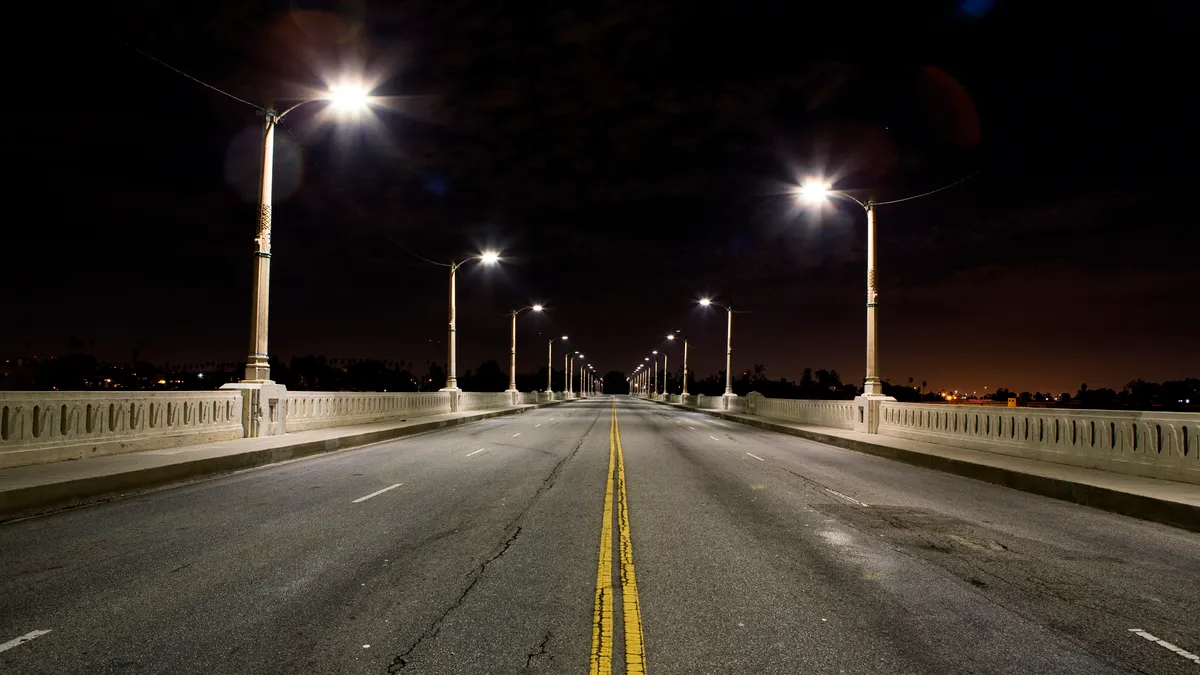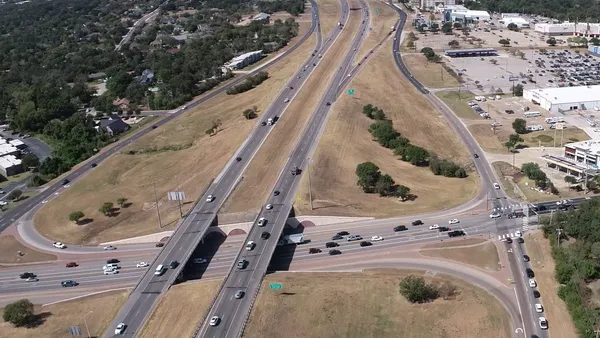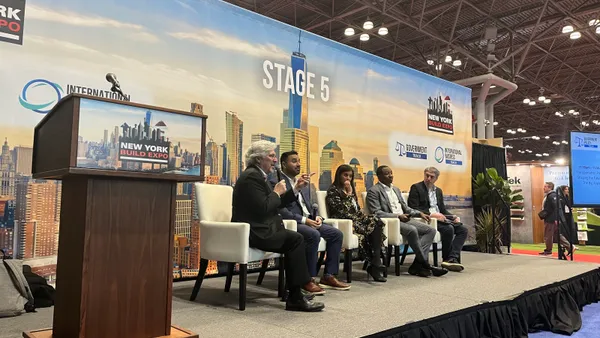Dive Brief:
- Scientists in Switzerland and the Netherlands are developing new technologies to replace traditional roadway materials with self-healing asphalt, according to Architect Magazine.
- Dutch researchers from Delft University of Technology have created an asphalt composition that resembles closed-loop circuits and is infused with electrically conductive fibers.
- Meanwhile, Swiss scientists have created a method that enables iron oxide nanoparticles in surface cracks to heal the surrounding asphalt in only a matter of seconds when exposed to an alternating magnetic field.
Dive Insight:
Concrete has been around since the Ancient Romans, but its durability and environmental impact have changed the material's composition since that time. MIT researchers are even exploring the material at its atomic level to study how concrete can be fortified by additives like slag and volcanic ash.
Self-healing concrete, in particular, has gained traction as researchers have taken aim at finding long-lasting fixes for U.S. infrastructure. Louisiana State University scientists are testing micro-encapsulation of chemical additives to trigger a self-healing process when concrete starts to crack.
Still others are testing concrete that breaks traditional norms entirely with a composition comprising naturally grown bacteria. Researchers, also from Delft University of Technology, are infusing traditional concrete with bacteria that stays intact during mixing before dissolving and becoming activated by water seepage in cracks.
Scientists' push to develop more resilient sustainable concrete alternatives comes at an opportune time for the nation's infrastructure. A 2017 report from the American Society of Civil Engineers gave the U.S. a D+ on its Infrastructure Report Card, with roads scoring a D grade on the assessment. According to that report, one in every five miles of paved road is in poor condition, and the backlog for repairing those highways is only increasing.












